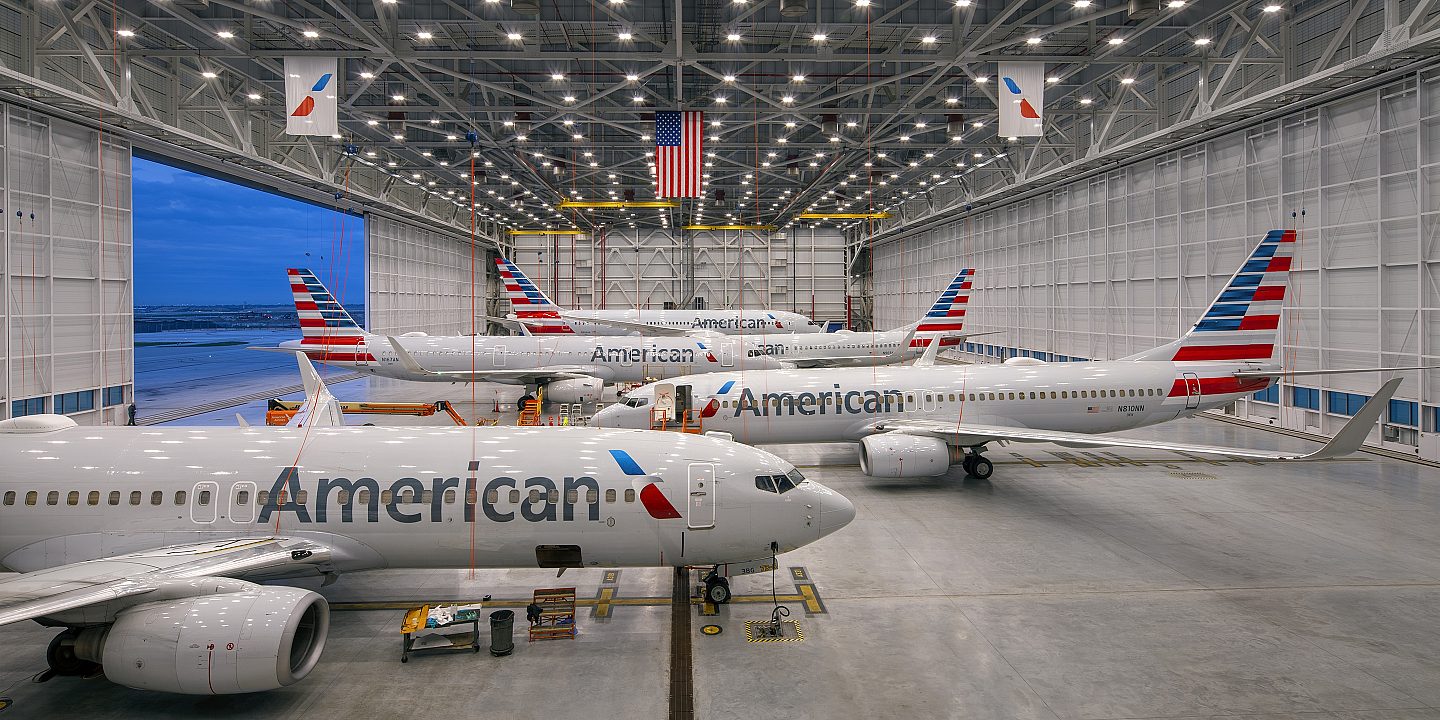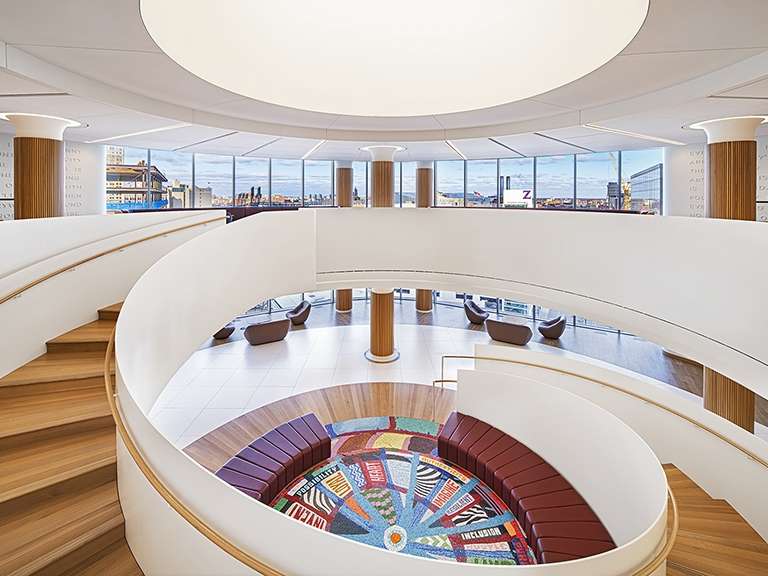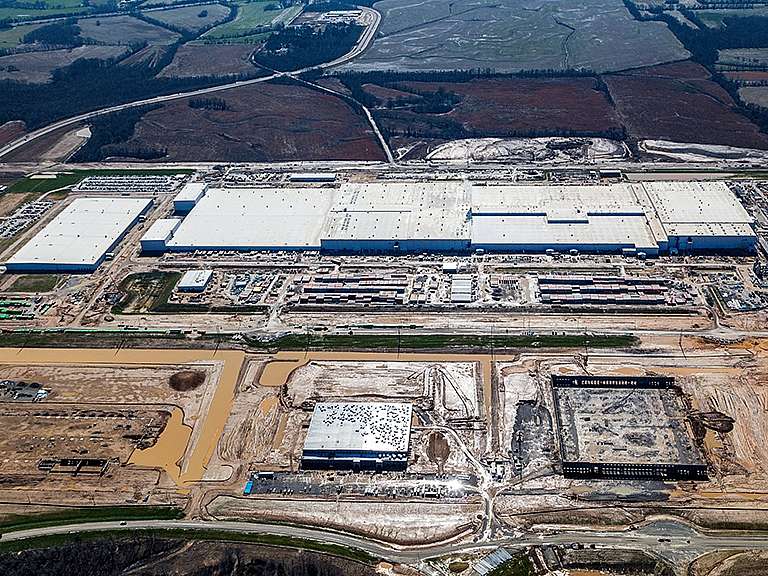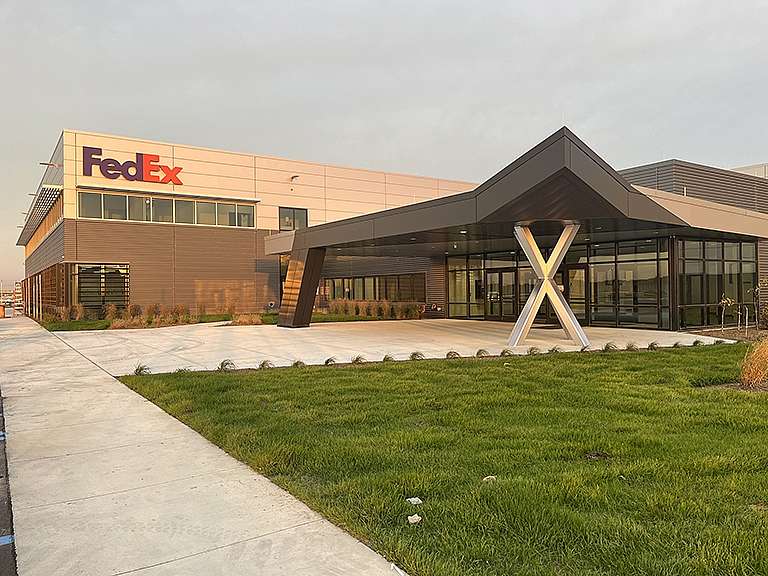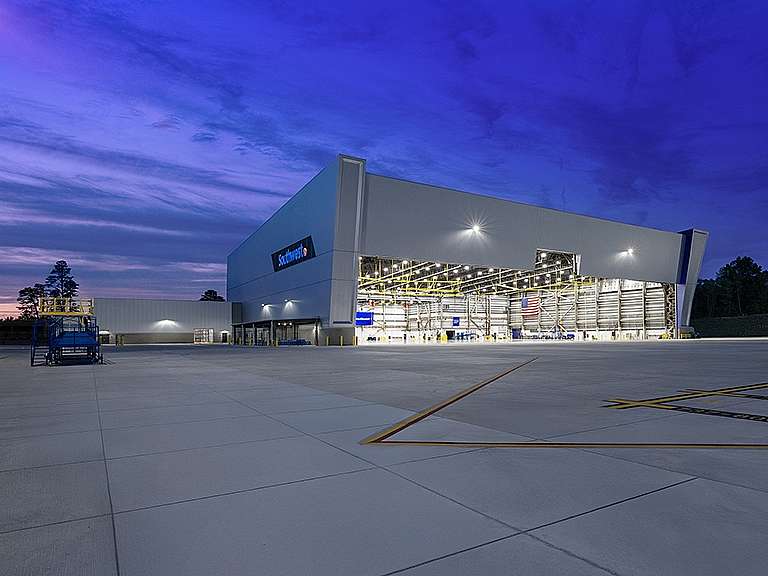“We’re finding that the equipment we use to service, monitor and store aircraft has improved because now we’re eliminating paper and dealing with digital databases,” Ted says. “People are walking around the hangar using tablets; therefore we’re starting to design these facilities for what we’ve termed aviation 4.0 – an adaptation for aviation of the fourth generation of the Industrial Revolution.
“That includes information science and the Internet of Things for anything that affects the health monitoring and servicing of aircraft, whether that’s your Dassault private jet or a Lufthansa Cityline regional plane.”
Ghafari’s most recent maintenance hangar projects are outfitted with advanced WiFi and data transmission capabilities because, says Ted, “We’re going to a more digital arrangement with respect to everything that touches the airplane. That means getting maintenance task cards on a tablet and ordering parts from the iPad.”
That increased use of data inside the hangars necessitates improved cellular transmission capabilities, so cellular devices and repeaters are being installed inside these spaces to ensure staff and employees have consistent service.
Looking ahead, Ted says that the adoption of autonomous and robotic technologies in aircraft maintenance is expected to increase. This will necessitate cleaner environments with robust data transmission and electrical infrastructure to support both current and future needs.
Read the full article in Regional Gateway here.
